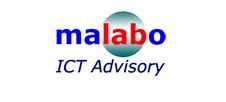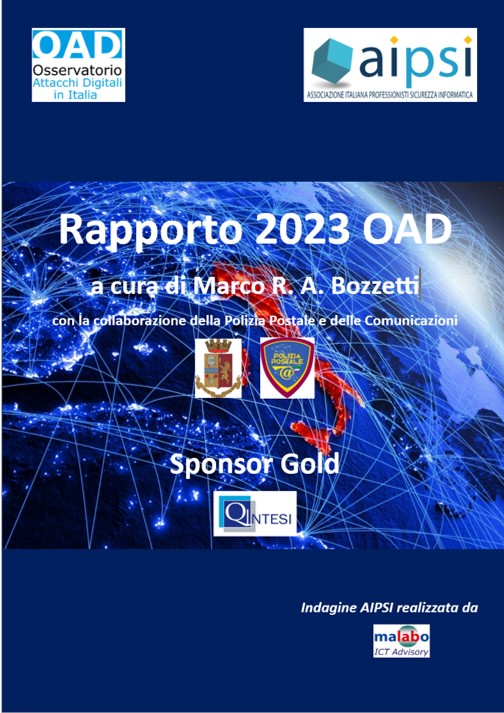Equally if not more important than "what" we do, it is "how" we do it, both for customers and for ourselves and for our professional "satisfaction"
The how the consulting and advisory interventions of Malabo are implemented is the distinctive approach that constitutes a competitive advantage factor with respect to the countless competitors, and which is based on the practical implementation of the ethical and professional "values" indicated on the page "Our values".
Malabo joins the private Company or the Public Administration/Istitution to help their Managers in the choices and implementations concerning ICT solutions, in complying with various legal obligations (typically privacy and safety at work), in the evolution and management of information systems, as well as that in the innovation of the business, of the processes and of the products-systems services through the ICT.
The primary objective of the intervention is to help the Client in the best "internal" use of ICT to create business value, both in the Information Systems Organizational Unit (UOSI) and in the processes and / or products-services that utilize ICT, tipically OT, Operational Technology and Iot/IIot (Industrial IoT).
The basic characteristic of the Malabo approach is to balance up-to-date technical skills on ICT with deep organizational, regulatory and business process knowledge, using its own methods and tools (IT) based on international standards and best practices.
Key elements of how include:
- use of consultants / advisors with long and proven experience, able to carry out an effective transfer of knowledge to the Customer's personnel during the course of the intervention;
- logic of "network company" in order to have intervention for authoritative and up-to-date professionalism at reasonable costs and with minimal structure costs;
- correct balance between technical, organizational and legal aspects;
- close and systematic contextualization of interventions in the reality and needs of the Customer;
- references to national and international use cases;
- cultural ability to interact and collaborate with the Client's various interlocutors, in particular with the management;
- systematic use of ICT support tools and reference to consolidated and state-of-the-art standards and "good practices" at international level;
- "delivery" on time and on budget, and in any case "measurable" in terms of value for the Customer;
- tactical-strategic “vision” shared with the medium-long term framing of the Client, and relatively short operational interventions (max one year) that lead to concrete and measurable results.
Our good practices for years consolidated but systematically updated include (in causal order and not exhaustive):
- Verification of adequacy, implementation support and ICTsecurity management;
- Systems plan and ICT Enterprise Architecture (both infrastructural and applicative);
- ICT Governance based mainly on COBIT and ITIL;
- ICT system cost reduction;
- ICT Asset Management, centralized monitoring of ICT systems (with various tools, proprietary and open source), SLA management;
- ICT risk analysis (at project and ICT systems management level);
- Management of dominant suppliers;
- ICT Value Analysis ;
- Document dematerialization and graphometry;
- Support for choosing and managing cloud computing;
- Compliance Management (in particular privacy and safety at work, and related impacts on the informatic systems);
- Project management;
- Skills assessment and ICT rules' profiles
- Organisational ICT strucutures' analysis.
All these practices make use of IT tools to support the development over the years, but the tools that the customer owns or wants to use can also be considered and utilized.
The following schema maps the key skills and projects areas with the IT tools and services used and provided to the Clients.





